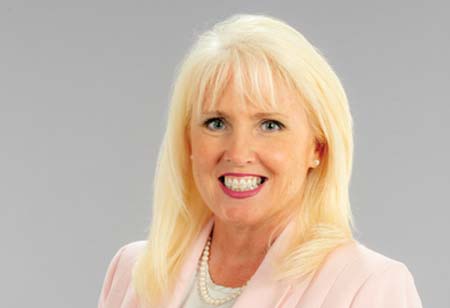Sandra is a Diagnostic Imaging Director with a strong focus on strategic healthcare planning. Her expertise includes leadership, team management and ensuring regulatory compliance and quality assurance. She excels in implementing innovative radiology “best” practices and optimizing departmental operations to deliver exceptional patient care results and experiences.
Insights about Professional Journey And Current Responsibilities
One of our greatest challenges following the COVID-19 pandemic has been addressing the human capital crisis in radiology. A national shortage has developed, affecting the candidate pool of interpreting radiologists as well as the technologists who perform medical imaging. Currently, the impact of the shortage varies by modality and shift, with a notable shortage in our local market of general X-ray and CT scan technologists.
A major issue we’ve encountered is that many large travel agencies employing imaging technologists have absorbed a significant portion of the available pool, forcing employers to hire at premium rates to recruit them back into permanent roles. A highly competitive supply-and-demand issue now exists, exacerbated during the pandemic. Some radiologic programs reduced their intake of students, while many students chose to leave due to fears surrounding COVID-19. By 2022 and 2023, it became evident that recruitment efforts for new technologists were woefully inadequate to meet the growing demand. Additionally, the increased number of retirements among baby boomer technologists has significantly impacted the profession. Not only has this reduced our resource pool, but it has also led to the loss of our most senior and highly skilled imaging technologists.
As a Radiology Director, my day typically begins with the hospital’s Patient Safety Action Group meeting, followed by the imaging team’s daily safety huddle at our level-one trauma center at Hartford Hospital. This involves a quick 15-minute check-in with all directors and key staff to review the daily census and share any notable concerns that may affect other units. I then meet with my team to review our situational awareness for the day. The remainder of the day is filled with a wide array of meetings covering topics like operational readiness, strategic planning, capital and operational budgeting, regulatory awareness/preparation, and human resource recruitment and retention efforts.
Cutting-Edge Innovations Transforming Radiology
In the fields of nuclear medicine and oncology, we’re seeing significant advancements in diagnostics and therapeutics, driven by cutting-edge technology and treatments led by theranostics (which combine diagnostic procedures to identify specific molecular targets and deliver targeted therapies). We’re also exploring the purchase of new advances in nuclear medicine, CT, and MRI technology in the near future. Artificial intelligence is another area of growth and development, as it holds the potential to improve throughput and operational efficiency for both technologists and radiologists.



